 To enhance service speed and avoid tariff delays, we've opened a US warehouse. All US orders ship directly from our US facility.
To enhance service speed and avoid tariff delays, we've opened a US warehouse. All US orders ship directly from our US facility.
| Cat. No. | Product Name | Field of Application | Chemical Structure |
|---|---|---|---|
| A723 | Sutimlimab Biosimilar(Anti-C1s Reference Antibody) Featured |
Sutimlimab, a first-in-class complement protein component 1, s subcomponent (C1s) inhibitor, can be used for the research of cold agglutinin disease. C1s is a serine protease which cleaves C4 and C2 to form the C3 convertase.
More description
|
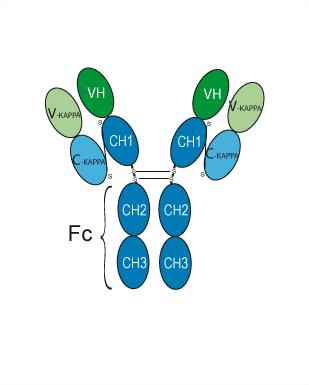
|
| A722 | ANX005 Biosimilar(Anti-C1q Reference Antibody) Featured |

|
|
| DC67448 | Compound B9 Featured |
Compound B9 is a bioactive compound.
More description
|
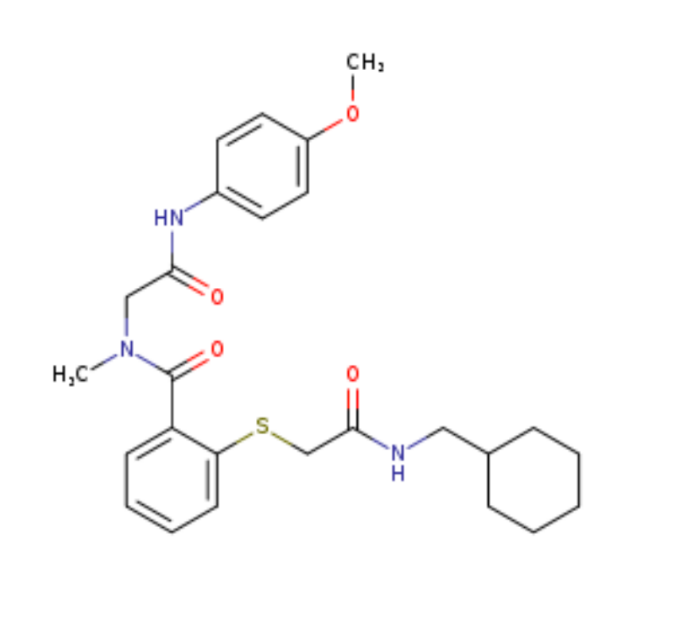
|
| DC67447 | Compound B4 Featured |
Compound B4is a bioactive compound.
More description
|
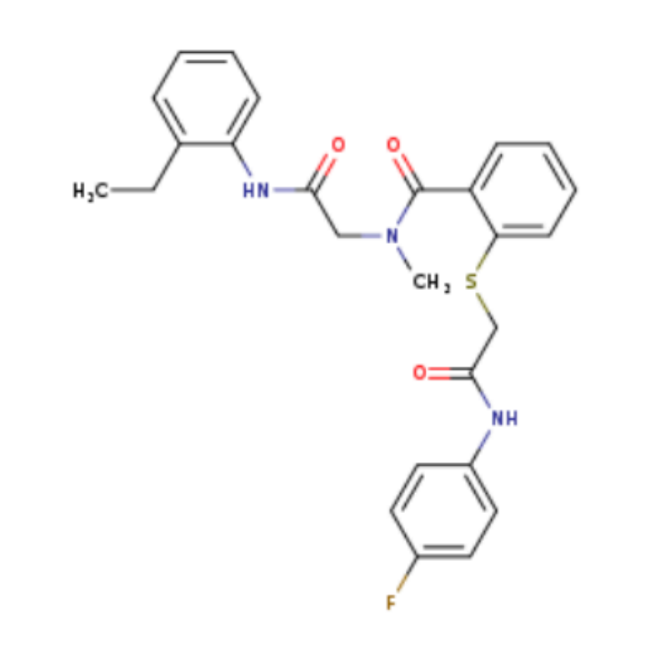
|
| DC67446 | Compound 2926 Featured |
Compound 2926 is a bioactive compound.
More description
|
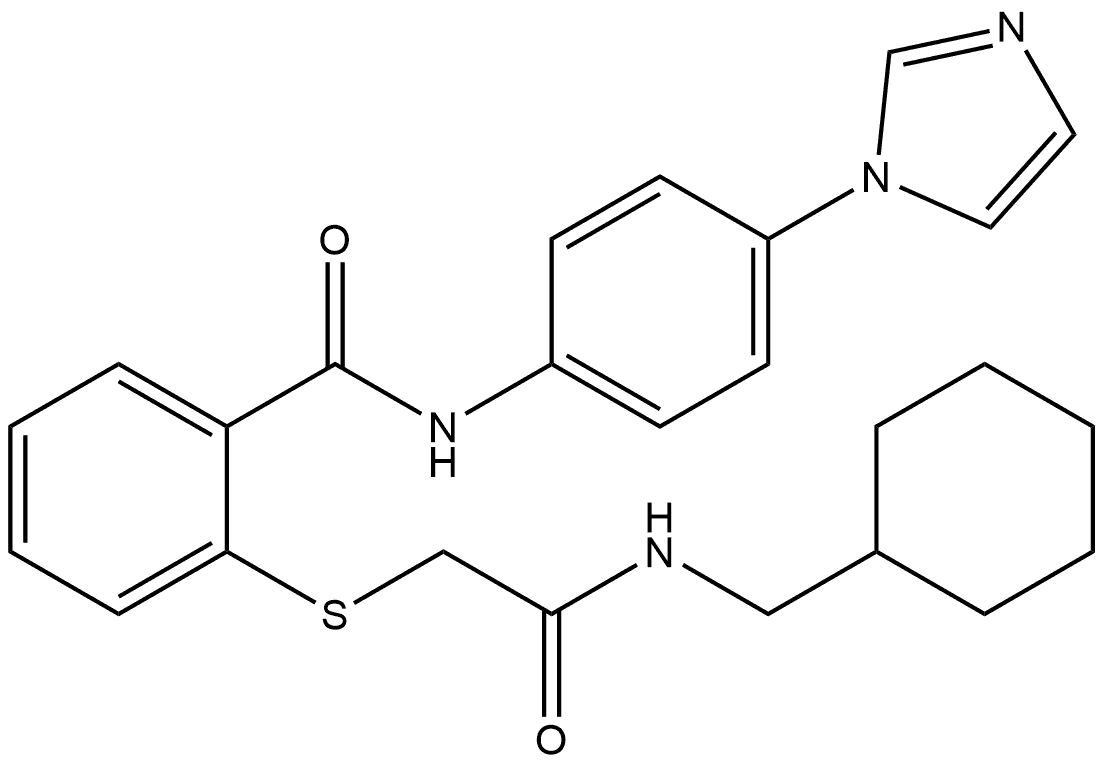
|
| A721 | ICT-01-N297A Biosimilar(Anti-BTN1A1 Reference Antibody) Featured |

|
|
| A720 | CTX-2026 Biosimilar(Anti-BTN1A1 Reference Antibody) Featured |

|
|
| A719 | ICT-01 Biosimilar(Anti-BTN1A1 Reference Antibody) Featured |

|
|
| A718 | Icatolimab Biosimilar(Anti-BTLA / CD272 Reference Antibody) Featured |

|
|
| A717 | SBI Biotech patent anti-BST2 Biosimilar(Anti-BST2 / CD317 Reference Antibody) Featured |

|
|
| A716 | XmAb 5592 Biosimilar(Anti-BST2 / CD317 Reference Antibody) Featured |
XmAb 5592 is a humanized, Fc-engineered anti-HM1.24 antibody with enhanced binding to FcγRIIIa and FcγRIIa receptors, augments HM1.24-specific multiple myeloma (MM) cells lysis in vitro via antibody-dependent cellular cytotoxicity (ADCC) and antibody dependent cellular phagocytosis (ADCP).
More description
|

|
| A715 | U.Toronto patent anti-Bax Biosimilar(Anti-Bcl-2 Reference Antibody ) Featured |

|
|
| A714 | Genentech anti-BACE1 Biosimilar(Anti-BACE1 Reference Antibody) Featured |

|
|
| A713 | Dartmouth patent anti-B7-H6 Biosimilar(Anti-B7-H6 / NCR3LG1 Reference Antibody) Featured |

|
|
| A712 | Onvatilimab Biosimilar(Anti-B7-H5 / VISTA Reference Antibody) Featured |
Onvatilimab (JNJ-61610588) is a human IgG1κ anti-VISTA (V-domain Ig Suppressor of T-cell Activation) monoclonal antibody. Onvatilimab has an anti-tumor activity.
More description
|
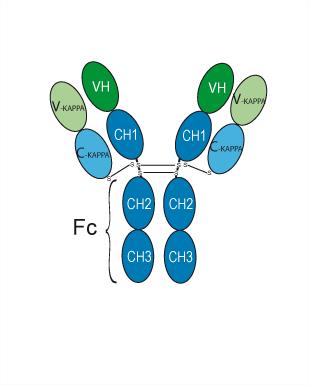
|
| A711 | Millennium patent anti-B7-H4 Biosimilar(Anti-B7-H4 / VTCN1 Reference Antibody) Featured |

|
|
| A710 | Alsevalimab Biosimilar(Anti-B7-H4 / VTCN1 Reference Antibody ) Featured |
Alsevalimab is a human monoclonal antibody against B7-H4.
More description
|
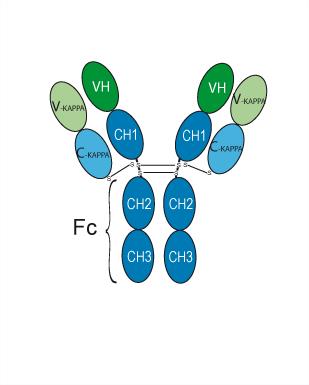
|
| A709 | Trellis patent anti-B7-H3 Biosimilar(Anti-B7-H3 / CD276 Reference Antibody) Featured |

|
|
| A708 | Omburtamab Biosimilar(Anti-B7-H3 / CD276 Reference Antibody) Featured |
Omburtamab is an anti-CD276 (also known as B7-H3) monoclonal antibody, CD276 is a B7/CD28 immunoglobulin superfamily member expressed among solid human tumours. Omburtamab can bind tumor tissues and be used in various cancers research.
More description
|
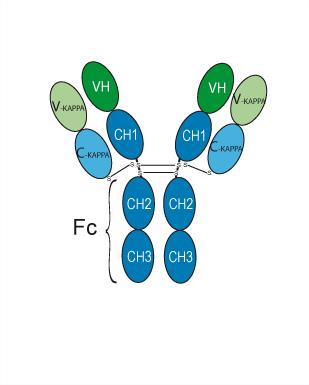
|
| A707 | Enoblituzumab Biosimilar(Anti-B7-H3 / CD276 Reference Antibody) Featured |
Enoblituzumab (MGA271) is a humanized IgG1κ monoclonal antibody recognizing human B7-H3 protein, a member of the B7 family of immune regulators.
More description
|
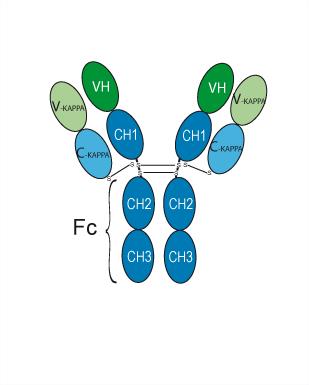
|
| A706 | Prezalumab Biosimilar(Anti-B7-H2 / ICOSL / CD275 Reference Antibody) Featured |
Prezalumab (AMG 557) is a monoclonal antibody targeting ICOSL that has synergistic anti-inflammatory activity with CD28 antibody inhibitors.
More description
|
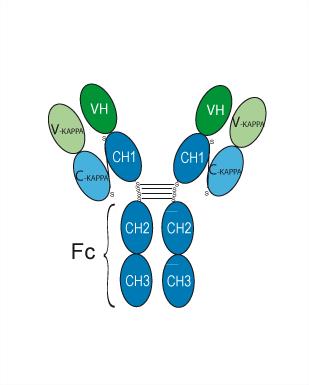
|
| A705 | Avelumab Biosimilar(Anti-B7-H1 / PD-L1 / CD274 Reference Antibody) Featured |
Avelumab is a fully human IgG1 anti-PD-L1 monoclonal antibody with potential antibody-dependent cell-mediated cytotoxicity.
More description
|
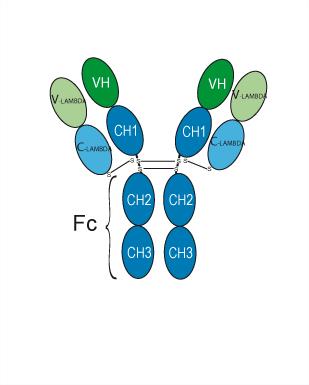
|
| A704 | Durvalumab Biosimilar(Anti-B7-H1 / PD-L1 / CD274 Reference Antibody) Featured |
Durvalumab (MEDI 4736) is an human anti-PD-L1 monoclonal antibody. Durvalumab (MEDI4736) completely blocks the binding of PD-L1 to both PD-1 and CD80, with IC50s of 0.1 and 0.04 nM, respectively.
More description
|
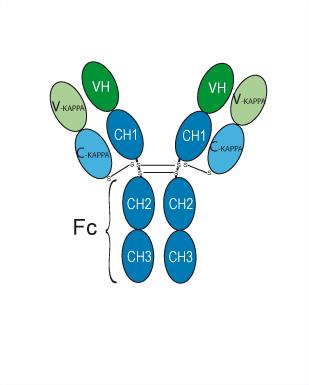
|
| A703 | Cosibelimab Biosimilar(Anti-B7-H1 / PD-L1 / CD274 Reference Antibody) Featured |
Cosibelimab (CK-301; TG-1501) is a high-affinity, fully human PD-L1-blocking monoclonal antibody that binds PD-L1 and blocks its interaction with PD-1. Cosibelimab has a functional Fc domain and is capable of inducing ADCC and complement-dependent cytotoxicity (CDC)-mediated killing of PD-L1+ cell lines, including lymphoma cells.
More description
|
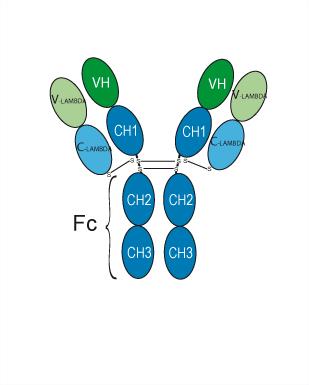
|
| A702 | Sugemalimab Biosimilar(Anti-B7-H1 / PD-L1 / CD274 Reference Antibody) Featured |
Sugemalimab is a fully human, full length, anti-programmed death ligand 1 (PD-L1) immunoglobulin G4 (IgG4) monoclonal antibody (mAb). Sugemalimab shows anticancer activities and can be used for non-small cell lung cancer research.
More description
|
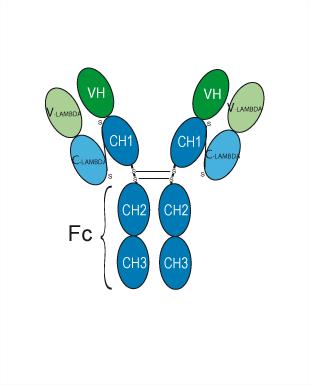
|
| A701 | Garivulimab Biosimilar(Anti-B7-H1 / PD-L1 / CD274 Reference Antibody) Featured |
Garivulimab (BGB-A333) is a humanized IgG1-variant monoclonal antibody that specifically targets and binds to PD-L1. Garivulimab selectively blocks the interaction of PD-L1 and PD-1. Garivulimab has antitumor activity.
More description
|
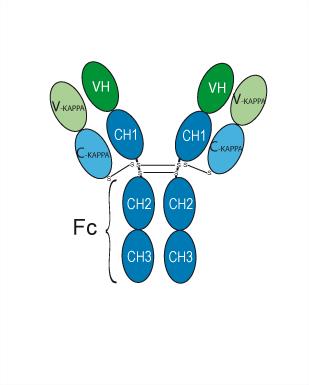
|
| A700 | Opucolimab Biosimilar(Anti-B7-H1 / PD-L1 / CD274 Reference Antibody) Featured |
Opucolimab is an anti-PD-L1 recombinant human monoclonal antibody. Opucolimab can be used to synthesis antibody agent conjugates. Opucolimab can be used for the research of advanced solid tumors.
More description
|
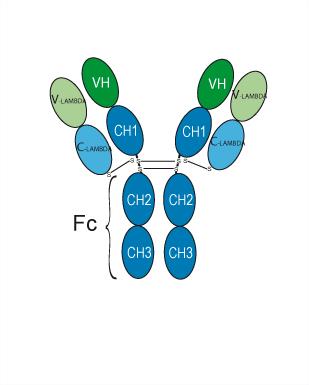
|
| A699 | Sudubrilimab Biosimilar(Anti-B7-H1 / PD-L1 / CD274 Reference Antibody) Featured |
Sudubrilimab (HS636) is an Ig G1-kappa monoclonal antibody against PDL1. Sudubrilimab is fused at the C terminus of the heavy chain to a TGF-β1 receptor Ⅱ ectodomain (TGFBR2-ECD), and which can sequester the PD-1/PD-L1 pathway and TGF-β bioactivity in the immunosuppressive tumor microenvironment.
More description
|
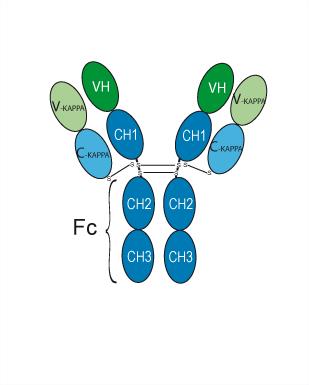
|
| A698 | Adebrelimab Biosimilar(Anti-B7-H1 / PD-L1 / CD274 Reference Antibody ) Featured |
Adebrelimab (SHR-1316) is a humanized IgG4 monoclonal PD-L1 (PD-1/PD-L1) antibody. Adebrelimab has promising antitumor activity in solid tumors including extensive-stage small-cell lung cancer (SCLC).
More description
|
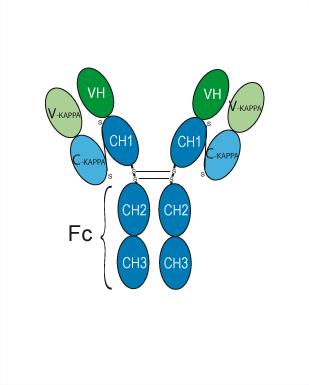
|
| A697 | Lodapolimab Biosimilar(Anti-B7-H1 / PD-L1 / CD274 Reference Antibody) Featured |
Lodapolimab (LY3300054) is an IgGλ anti-PD-1 monoclonal antibody.
More description
|
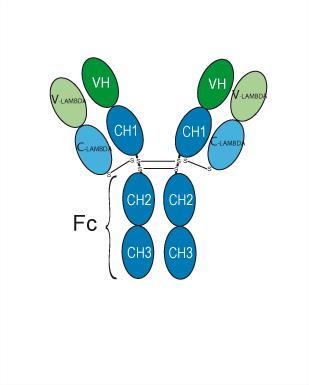
|